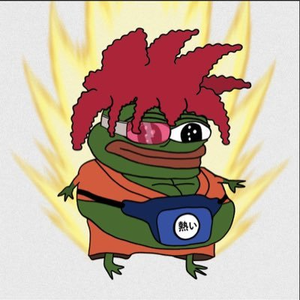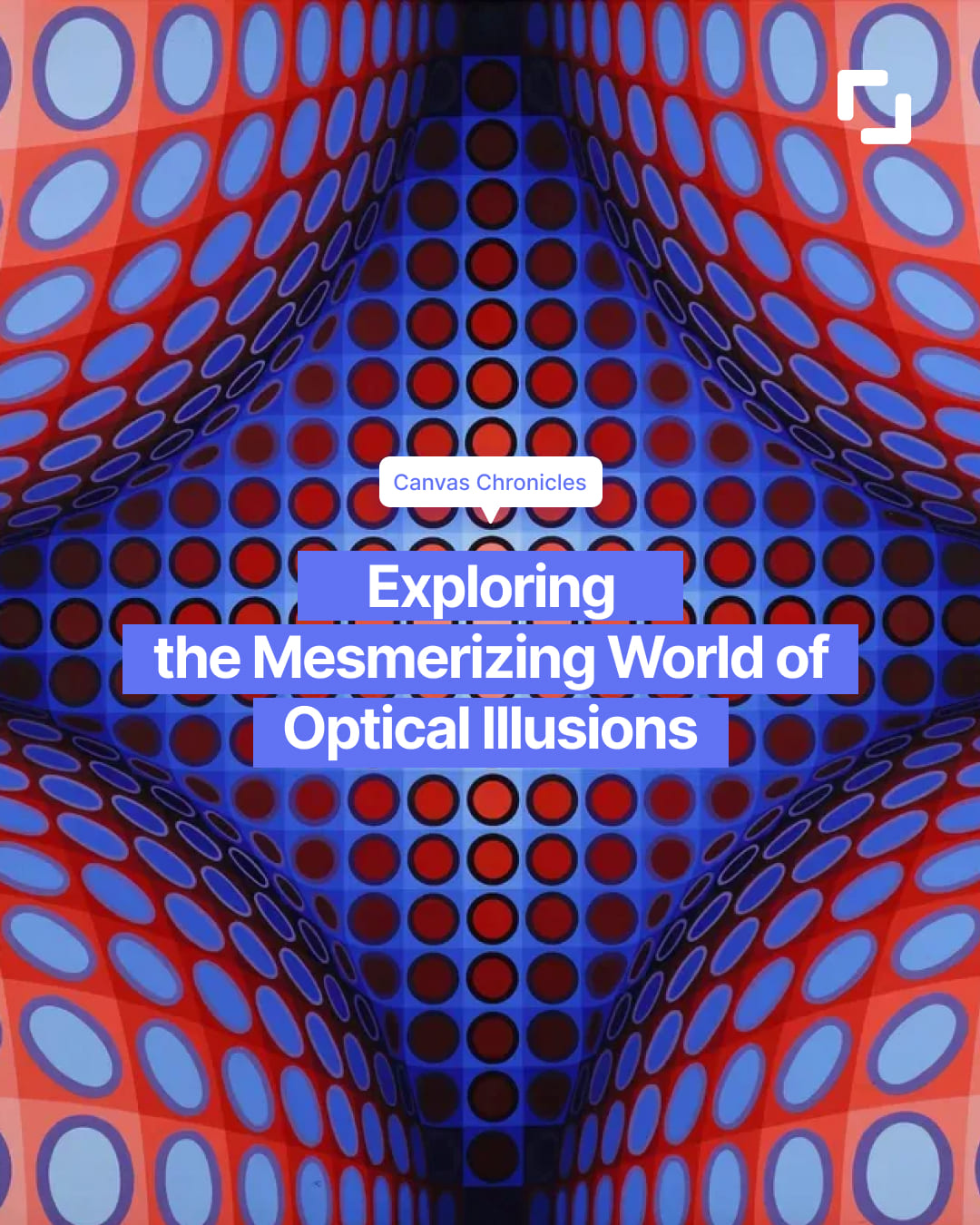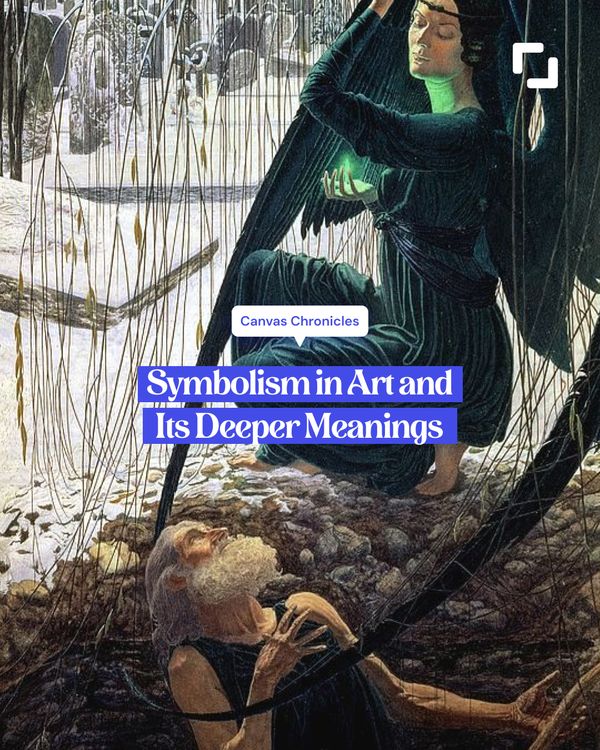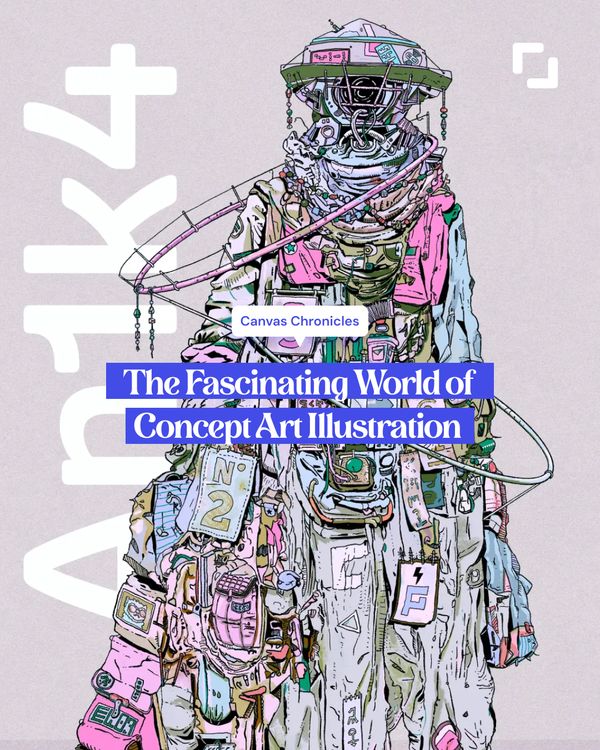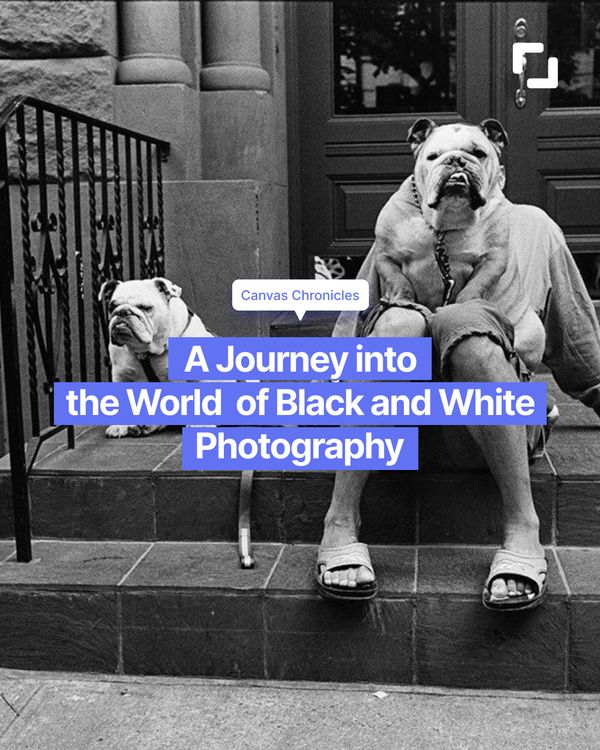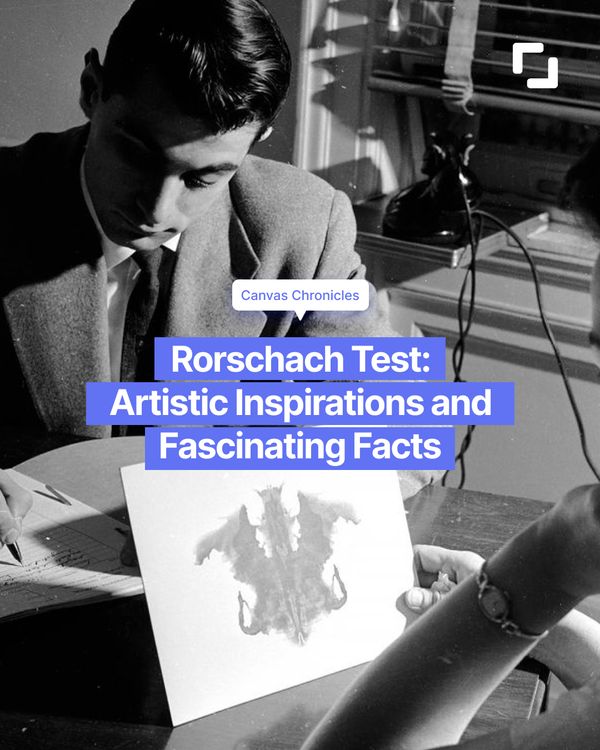Op Art, short for Optical Art, emerged in the 1960s as a groundbreaking artistic movement that captivated audiences with its mind-bending optical illusions and mesmerizing visual effects. This movement, characterized by vibrant colors, geometric patterns, and precise arrangements, aimed to challenge the viewer's perception and create illusions of movement and depth.
Trendsetters of Optical Art

One of the most representative artists of the Op Art period is Victor Vasarely. Hailing from Hungary, Vasarely is widely regarded as the father of Op Art. His intricate and meticulously crafted compositions, featuring repetitive geometric shapes and contrasting colors, played with the viewer's visual perception, creating the illusion of movement and dimensionality.
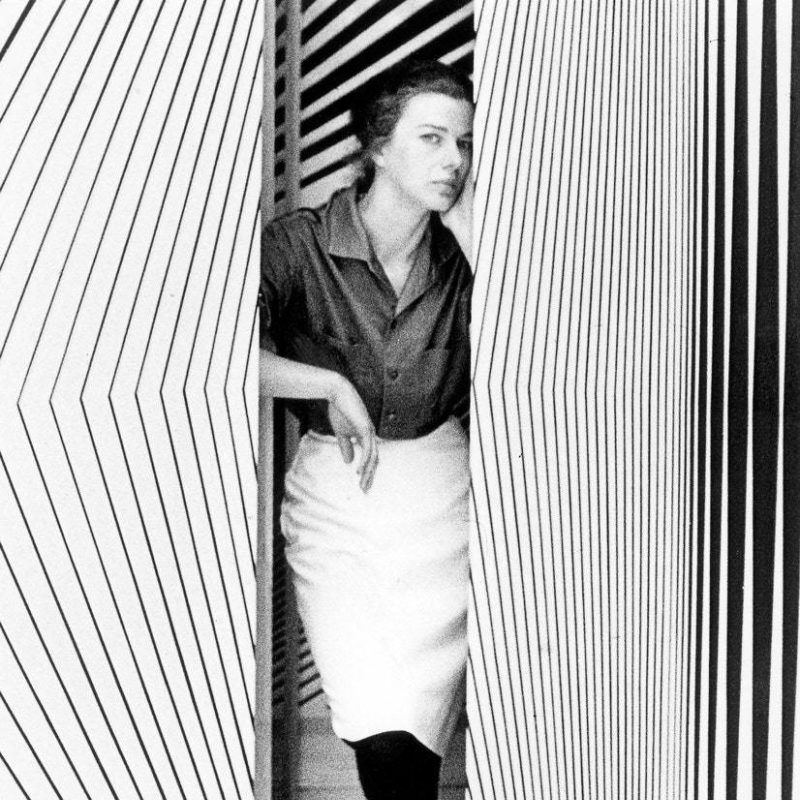
Bridget Riley, a British artist, also made significant contributions to the Op Art movement. Her black-and-white paintings, often composed of parallel lines or geometric patterns, created pulsating optical illusions that seemed to vibrate before the viewer's eyes. Riley's works evoked a sense of dynamism and invited viewers to explore the interaction between color, form, and perception.
The most expensive artwork
Op Art gained immense popularity in the art world, captivating both artists and collectors alike. In fact, one of the most expensive Op Art artworks ever sold was a piece by Bridget Riley titled "Gala," which fetched a staggering $5.5 million at an auction. This remarkable sale demonstrates the enduring appeal and value of Op Art to collectors who recognize its significance in art history.

Beyond its impact on the art world, Op Art had a profound influence on various aspects of life. Its mesmerizing optical illusions found their way into fashion, interior design, and even music album covers. The bold and visually stimulating patterns became synonymous with the vibrant spirit of the 1960s and continue to inspire contemporary artists and designers.
Fun facts about the Op Art movement
The term "Op Art" was first coined by the art critic and curator, Lawrence Alloway, in the 1960s. The movement drew inspiration from earlier art movements such as the Bauhaus and Constructivism, emphasizing the fusion of art and science. Op Art's popularity peaked in the mid-1960s, but its influence can still be seen today in various forms of contemporary art.
Optical Art & NFTs
Op Art shares a kinship with digital art and NFTs in their exploration of perception and visual illusions. Just as Op Art challenged the viewer's perception through traditional artistic mediums, digital artists and creators today use technology and digital tools to craft immersive visual experiences. NFTs, which are unique digital assets authenticated using blockchain technology, have opened up new avenues for artists to explore and monetize their creations, similar to how Op Art revolutionized the art market in its time.
Op Art continues to fascinate and intrigue audiences with its ability to create visual illusions and challenge our perception of reality. Through the masterful manipulation of lines, shapes, and colors, Op Art artists crafted artworks that transcended the canvas and left an indelible mark on the history of art. Today, we continue to appreciate the lasting influence of this movement, both in the art world and in our everyday lives.
Artworks on EA:
Growth by HB_Shape
Artists used contrasting colors, such as black and white to enhance the visual effects. The juxtaposition of colors creates a sense of vibrancy and intensity, further enhancing the optical illusions and the overall impact of the artwork.

WELVING #24 by Hatse
The artwork is designed to provoke visual sensations, inviting the viewer to actively participate in the perception of the piece. As the viewer's position or gaze shifts, the patterns and optical effects change, leading to a dynamic viewing experience.

WELVING #22 by Hatse
Hatse seeks to explore the boundaries of perception and challenge the way we see and interpret visual information.

IMG Underscore 9913 by Terry Bain
Terry Bain create an immersive visual experience that captivates and intrigues the viewer, often blurring the line between art and science.

IMG Underscore 9914 by Terry Bain
Artist used repetitive geometric patterns, such as grids to create a sense of depth, movement, or distortion.

WELVING #30 by Hatse
This artist creates illusions of curves or volume on a flat canvas or seem to make the two-dimensional surface appear three-dimensional.

oi230121 by Arc Mikkelsen
As the viewer observes this artwork, their perception and interpretation constantly shift, creating a dynamic interaction between the artwork and the viewer

La Foule by Maxuga Miller
This portrait made my Maxuga Miller, embraces the subjective nature of perception and highlights the inherent complexity of the human visual system, offering a visually stimulating experience for the viewer.

infinitum phantom by Marcelo Kato
These patterns are meticulously arranged and meticulously executed to create optical illusions, resulting in artworks that appear to pulsate, shimmer, or warp when observed.

